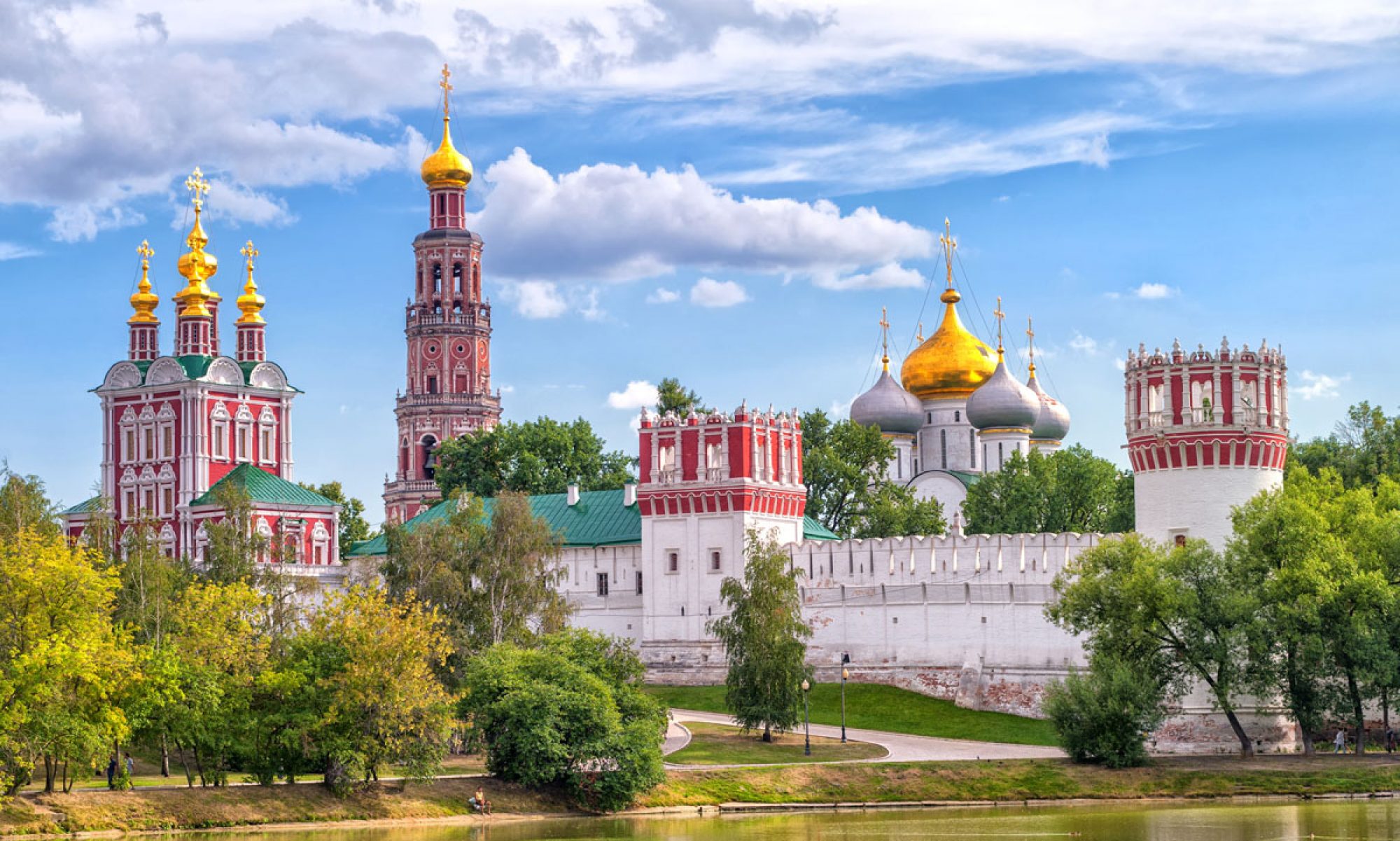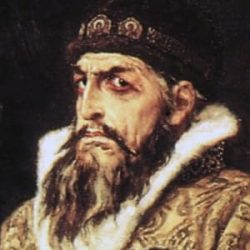Don’t be deceived by the title’s simplicity, the “Domostroi” literally translated to “domestic order” is an extensive manual used to guide a Russian household to the author’s conveyed full potential. Whether or not households actually followed these exact rules is not certain, however, it displays the important aspects of Russian culture.
The Domostroi is an excellent insight into not only the guidelines of 16th Century Rus society, but it also displays what grew to be important to the Rus in the centuries we have covered in class. While loyalty to the nobility and the Tsar were of utmost importance, the Domostroi makes clear in the beginning of the preface what absolutely matters most in this society, Orthodox Christianity. The text opens “This is an admonition and instruction of father-confessors to all Orthodox Christians. It tells you how you must believe in the Holy Trinity, the Immaculate Mother of God, Christ’s Cross, and all other heavenly powers…” The Domostroi gives guidelines on how to properly be an Orthodox Christian, including how to commune with Bishops as well as day-to-day practices such as hosting gatherings.
The Boyars and Tsars also have immense influence in this state. The Domostroi reinforces loyalty to the Tsar above all other people. This is particularly important because the Domostroi, which is heavenly focused on Orthodox Christianity also reinforces the Tsar and nobility as authorities that orchestrate God’s Will.
The authorship of the Domostroi is one that is debated. Although we lack a defined individual, it is clear the author was heavily involved with the Boyars. However, the importance of Orthodox Christianity, which looms over the text, would lead one to believe that this piece was possibly authored by a clergyman. As for the audience of the Domostroi, this seems like a guide that would necessarily apply more to the middle class or nobility, as it stresses loyalty to the Tsar and Boyars, but the literacy rates of the peasantry would indicate that few of them could read this guide.
Overall the Domostroi is an excellent insight into what the Rus themselves thought was important in their lives and society.
Questions
- Since the Domostroi was written during Ivan the Terrible’s reign what does this reflect about the society under his rule?
- According to the Domostroi, did women at this time period hold greater power in society or were they simply pawns in a male dominated culture? What powers did women possess and also what were their restrictions?
- What ideal of a man does this text present.
- How does the Domostroi show the relationship between the master and his servants? Refer to 35 and 36 of the Domostroi.
- When the master was absent, he would appoint his most trusted servant to take on specifically his duty of running the household. Since this was regarded to be such an important role in the Domostroi, does this imply that in Moscow all people were viewed to be inherently equal in theory.
- How does the Domostroi show the relationship between the tsar and the church? Refer to number 7 of the Domostroi.
- What were the Russians’ beliefs about God and his involvement in their lives and society?
- Why do you think abstinence (in all aspects of life) was so greatly emphasized in this text? There are countless passages illustrating the importance of abstinence, such as 13,26,27, and 28. However, look particularly at this section retrieved from towards the end of number 24, “If the master or any member of his household commit any of these improper deeds – lechery, unchastity, foul speech, oath-breaking, irrational fury, bearing grudges- and those in charge neither prevent the deeds nor punish them strictly , all will go to Hell together and will be damned in this world as well”. What does this quote add to the significance of abstinence?
- The topic of identifying the original writer is highly debated, who do you think he was; or at least what kind of life do you think he lived? And do you think because it was edited multiple times it made the text more persuasive to the public based on your perception of the original text?
- What was the true purpose of the Domostroi. It is not actually certain whether Russian families actually followed these rules. Was the Domostroi’s purpose more to display to the rest of Europe that Russia was a westernized nation, an actually guide used by the boyars, or perhaps it could’ve been a wealthier writer caught up in some of his fanciful ideas visualizing a perfect Russian society?


To answer the question about God in the lives of the Russians during this time… I think it goes beyond cultural significance. The Russians at the time valued their religious devoutness more than anything else. It was more important than your business, your home or even your family. It was also a crippling amount of pressure on people from any and all classes. What this got me thinking about was how members of the society are seated in the church? We get the impression that everyone no matter the social class went to and could enter churches, unlike some other medieval religions. But was there a seating arrangement of some sort or could nobility be seated next to servants?
I think you pose an interesting question. I believe there would be installed some form of “table of ranks” in the church; as in the family of the priest or the highest members of society would be seated closest to the front and serfs and peasants would sit in the back. However, it could of been possible that anybody could sit next to anyone, as everyone is equal in the eyes of the lord.
To answer the first question, the Domostroi represents the society of Ivan the Terrible’s reign. The society was very patriarchal. Women had few rights, and were told to stay in the house, and be subservient to men. Everyone in this society was supposed to be very religious and devoted to their faith. They are also supposed to be very loyal and devoted to the Tsar and the Russian state as whole. But, they were also supposed to put the church first above everything. This to me is like a typical society that would have been found back then.
To answer question one, I believe this illustrates the emphasis on religion and its impact on the Russian society at its time. It impacted women as it further repress the few rights women already had. It showcased the importance of having order in the household, and how essential it is to be successful by including religion in all plans.
I think the original author of the Domostroi was a member of the noble class. The author had insight to how to treat women, what women have to do to maintain the household, and how to maintain serfs. A peasant or serf wouldn’t know how to maintain a household as they worked for little or no money.
The Russians place god very highly in their society. Religion and Orthodoxy influences Russian culture as legislature, culture, and rules and norms are shaped around it.